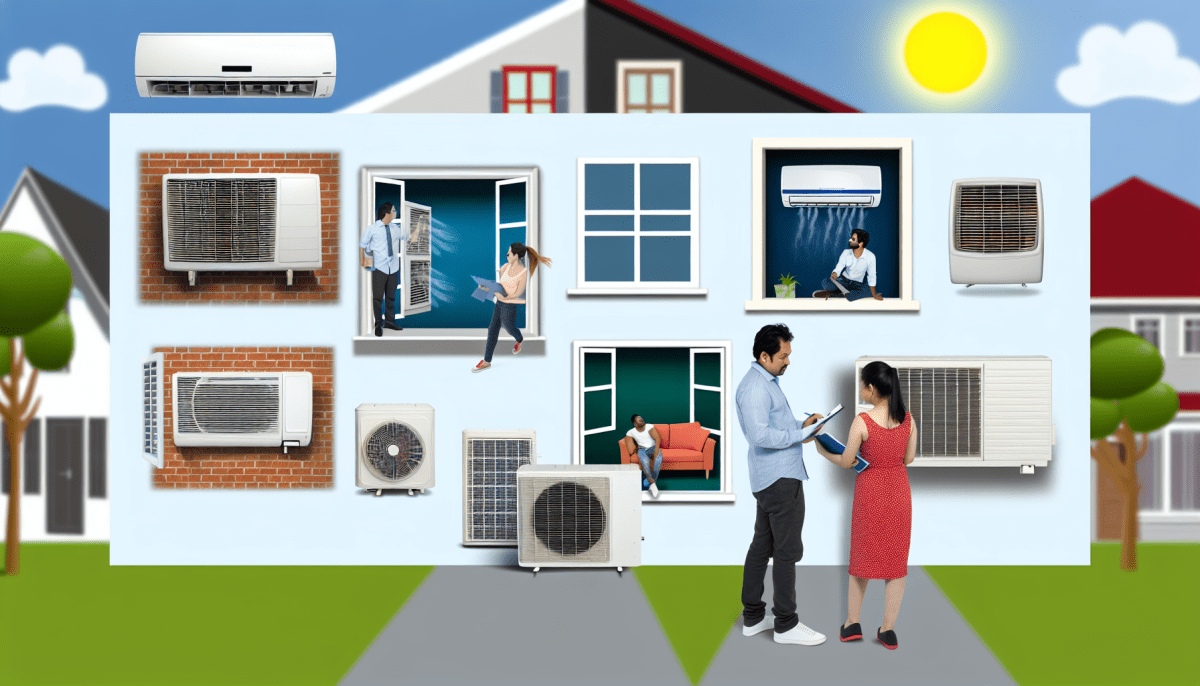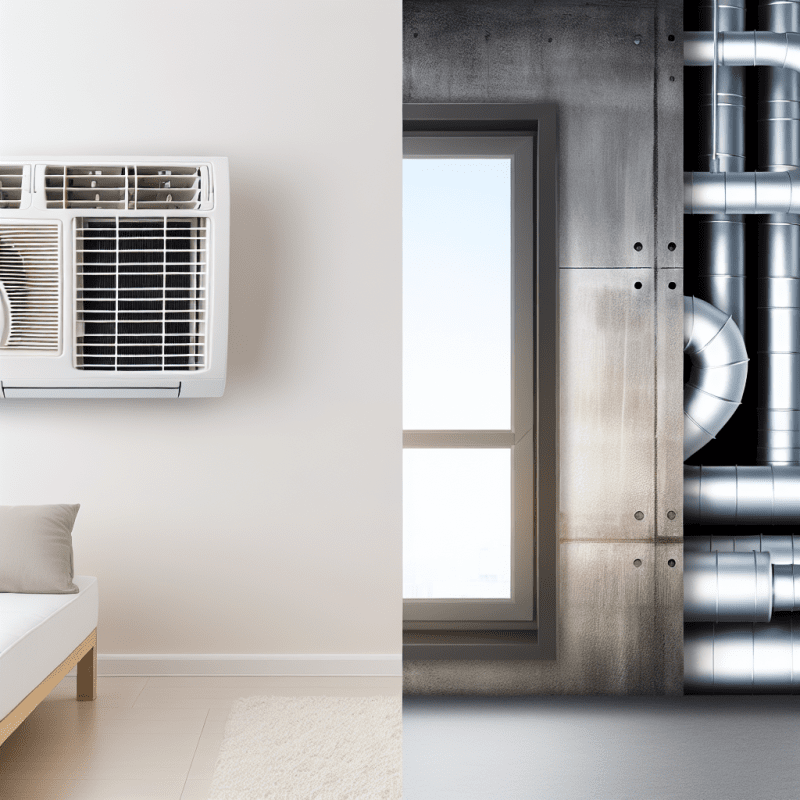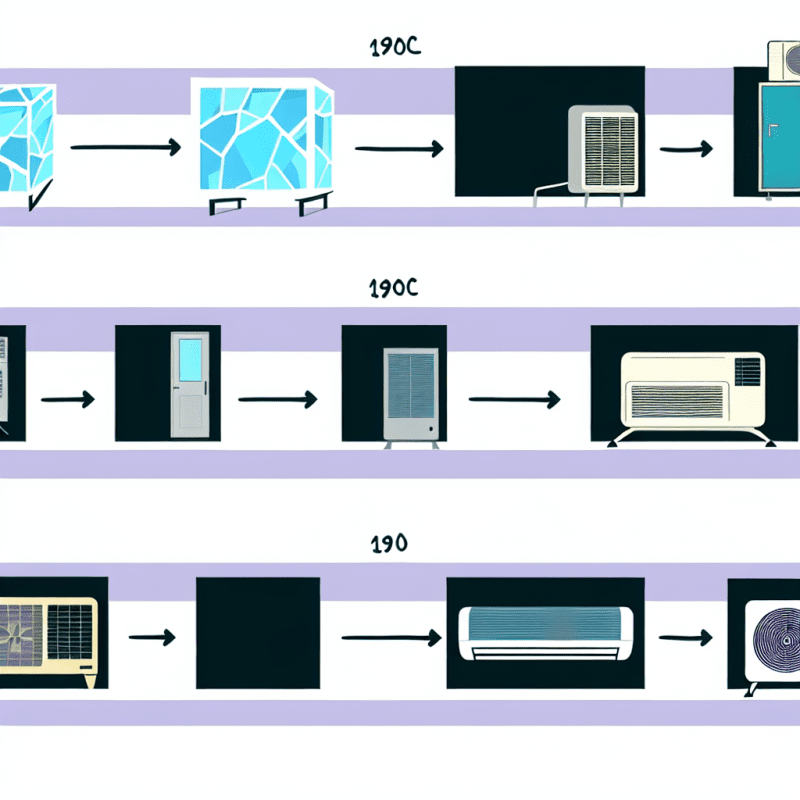When summer hits, a window air conditioner can be your best friend. If you've never used one before or are considering buying one, understanding the basics is key. These units are designed to cool individual rooms rather than the entire house, making them a popular choice for apartments and smaller spaces.
First off, installation is pretty straightforward. Most window AC units come with a window mounting kit, which usually includes brackets and seals to help fit the unit snugly. You just slide the unit into your window frame, secure it in place, and connect the power. Just make sure to check the unit’s size and your window dimensions to avoid any fitting hassles.
Next, let’s talk cooling power. Window air conditioners are rated in BTUs (British Thermal Units). A higher BTU rating means more cooling power, but it also means more energy consumption. As a general rule, you’ll want about 20 BTUs per square foot of space. So, for a 300 square foot room, look for a unit around 6,000 BTUs. This will help keep your room comfortable without breaking the bank in energy costs.
Don’t forget about features! Many window AC units come with remote controls, programmable timers, and energy saver modes. These can be super handy for controlling the temperature without having to get up. Some models even have built-in dehumidifiers, helping to remove that sticky humidity that can make hot days feel even hotter.
Key Features to Look For
When shopping for a window air conditioner, there are a few key features that can make all the difference in keeping your space comfortable. Here’s what to keep an eye out for:
Don't forget to consider any extra features that might enhance your experience. Some air conditioners come with remote controls, timers, or even smart Wi-Fi options. These little perks can make managing the temperature in your space even easier!
Installation Made Easy
Installing a window air conditioner might sound a bit daunting, but it’s actually pretty straightforward. You don’t need to be a DIY expert to get it up and running. Most units come with everything you need to set it up, along with clear instructions. Just follow these steps, and you’ll have a cool, comfortable space in no time!
First things first, make sure you have the right window. Ideally, you want a double-hung window that can support the weight of the unit. Before you start, check the measurements of your air conditioner to ensure it fits snugly in your window. If you have any doubts, measuring out the dimensions before you buy is a smart move!
Once you’re set on the unit and your window type, gather your tools. Usually, all you need is a screwdriver and maybe a level to ensure it’s straight. Most window ACs come with installation kits that include brackets and weather seals to keep everything secure and insulated.
When you’re ready to install, slide the air conditioner into the window frame. Secure it using the included brackets, and make sure it’s level. You don’t want water pooling inside, right? Seal off any gaps with the weather strips to keep the cool air in and the hot air out. A little extra effort here goes a long way!
Finally, plug it in, and you’re good to go! Take a moment to enjoy the cool breeze while you marvel at how simple it was to beat the heat. If you run into any hiccups during the process, don’t hesitate to check the manual or look for helpful videos online. You got this!
Tips for Efficient Cooling
When you're using a window air conditioner, there are some easy ways to boost its cooling efficiency. Here are a few tips to keep your space cool without breaking the bank on energy costs.
1. Seal the Gaps: Check for any gaps around your air conditioner where cool air might escape. A proper seal not only keeps the cool air inside, but it also helps your unit run smoothly. Use weather stripping or foam insulation to plug any leaks.
2. Close the Windows and Doors: This might sound obvious, but it’s a must! Keep your windows and doors closed when the AC is running to maintain a cool environment. If you need fresh air, consider doing it early in the morning or later in the evening when it’s cooler outside.
3. Use Curtains or Blinds: Keeping curtains closed during the day can prevent sunlight from turning your room into a sauna. Try using light-colored curtains or blackout blinds. They help reflect heat or block it entirely, which makes it easier for your AC to cool the room.
4. Set the Thermostat Wisely: Instead of cranking up the AC to the lowest setting, set the thermostat to a comfortable temperature (around 75°F is generally a good start). This not only preserves your unit’s lifespan but also saves energy.



